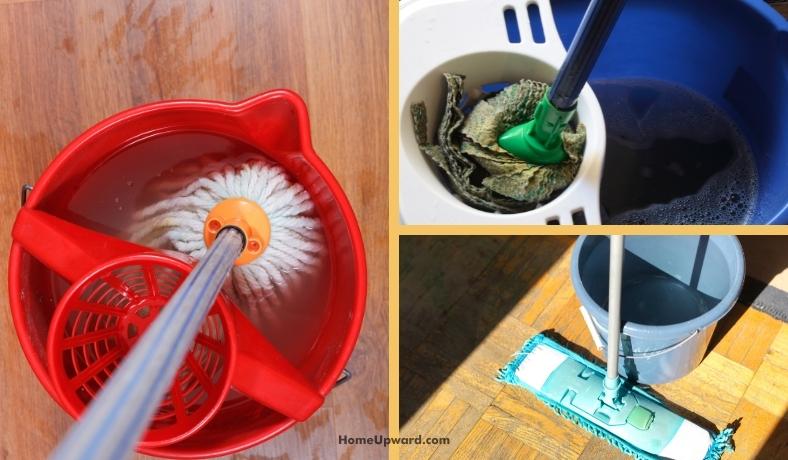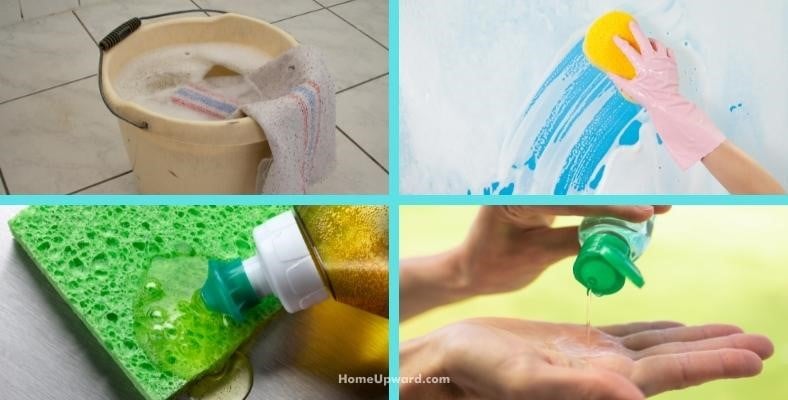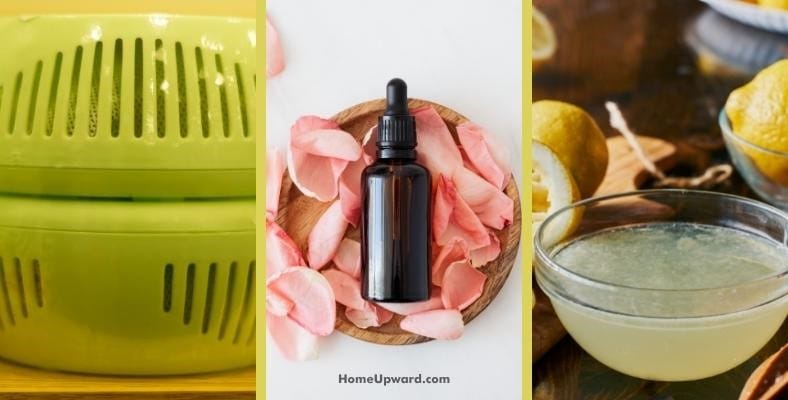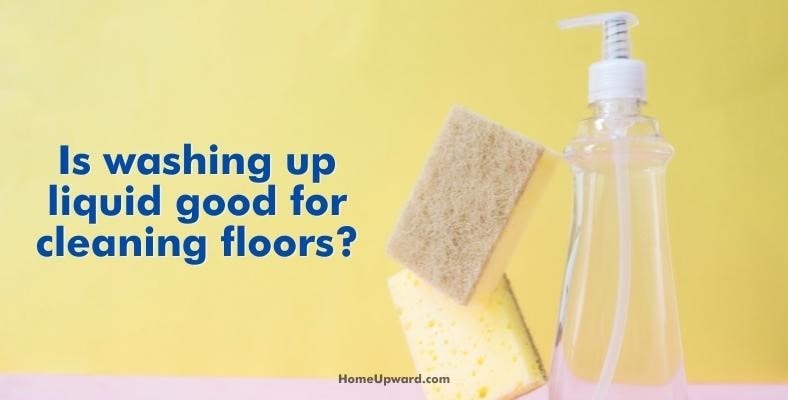Contents
What to put in mop water for great cleaning results
Do you ever wonder if you can just make homemade floor cleaner? It may be easy enough to put something in a bucket and clean a tile floor. But when it comes to using a homemade recipe for cleaning other flooring textures, it can get a bit murky. You wouldn’t want to use bleach to clean hardwood floors, for example, and laminate floors can be picky about the cleaning solutions you use.
Making your own mopping solutions is pretty simple, and you can often just use ingredients you have around the house. A word of caution, though. Wood and tile floors, and even laminate, can be porous if they’re not finished properly. Since there’s always a chance of water leaking through, use a damp mop head when cleaning instead of a soaking wet one.
If you’ve never tried it before, making your own mopping solution is easy. Most solutions will mix better if you use warm water, but this isn’t a requirement.
Vinegar mopping solution
Recipe: ½ cup vinegar + 1 gallon water
Vinegar is a versatile household cleaner and can clean everything from your bathtub to even a foot spa. Its acidic properties make it a great disinfectant, and it cuts through grease really well. As long as you dilute properly, it’s usually gentle enough for most flooring surfaces, even on wood.
Some folks don’t like the vinegar smell, so if you want, you can add 2 tablespoons of liquid dish soap or a few drops of essential oil or lemon juice.
Window cleaner mixture
Recipe: 1:1 solution of window cleaner and water (tile and vinyl)
1:2 solution of window cleaner and water (laminate)
Window cleaner is another good cleaning agent that you probably have lying around the house. It isn’t as natural as vinegar, but it does smell better and still helps your mop head get the dirt up. You should avoid using window cleaners on your hardwood floor, so if your floors fall into that category, this one’s not for you.
Dish soap as a mopping solution
Recipe: ¼ cup dish soap + 3 cups water
Dish soap is another good cleaning agent that you almost always have around the house. The nice thing about dish soaps is that you can buy them in many different scents, eliminating the need to add an aroma to your bucket of clean water.
Rubbing alcohol
Recipe: 1 cup rubbing alcohol + 1 gallon water
Bet you’ve never thought of this one before! Most of us think of rubbing alcohol only when we’re cleaning cuts or scrapes, but it can be used to get your floors clean too. A rubbing alcohol solution is safe for all flooring types. And it gives your floors a nice, clean shine.
How often should you change the water when you’re mopping?
Now that we’ve talked about what to put in mop water, let’s look at some related concerns.
When mopping, many of us wonder how often we should change out the dirty mop water. The answer depends on a lot of factors. How long you go between mopping sessions and the size of the room are both things to consider.
A good rule of thumb is to change out the mop water once it becomes too dirty to see through.
What can I put in my mop water to make my house smell good?
You’ll notice in some of the recipes above that you can sometimes add things to the solution. Adding a deodorizer is a great way to get a refreshingly clean house.
Essential oils are probably the safest and most effective ingredients to make your mop water smell better. You won’t need very much of them, and since they can be used in such small quantities, they won’t leave any residue.
If you don’t have any essential oils on hand, you can try adding a few tablespoons of lemon juice, scented dish soap, or laundry detergent. Don’t overdo it, though, as these ingredients can leave streaks.
Is washing up liquid good for cleaning floors?
Dish soap makes a great floor cleaner because it checks a lot of boxes. It cleans well, it’s gentle, you typically always have it on hand, and it smells good.
The only drawback with dish soap is that you don’t want to use too much. Because dish soaps tend to be pretty concentrated, using too much in your mopping solution can leave a filmy or sticky residue. And take it from personal experience—the residue helps everyone’s footprints show up very clearly.
If you do want to clean with dish soap or just want to add some for the good smells, use a 1:12 ratio max. If you don’t want to mess with all the math, try making the dish soap solution above to avoid getting those sticky floors.





